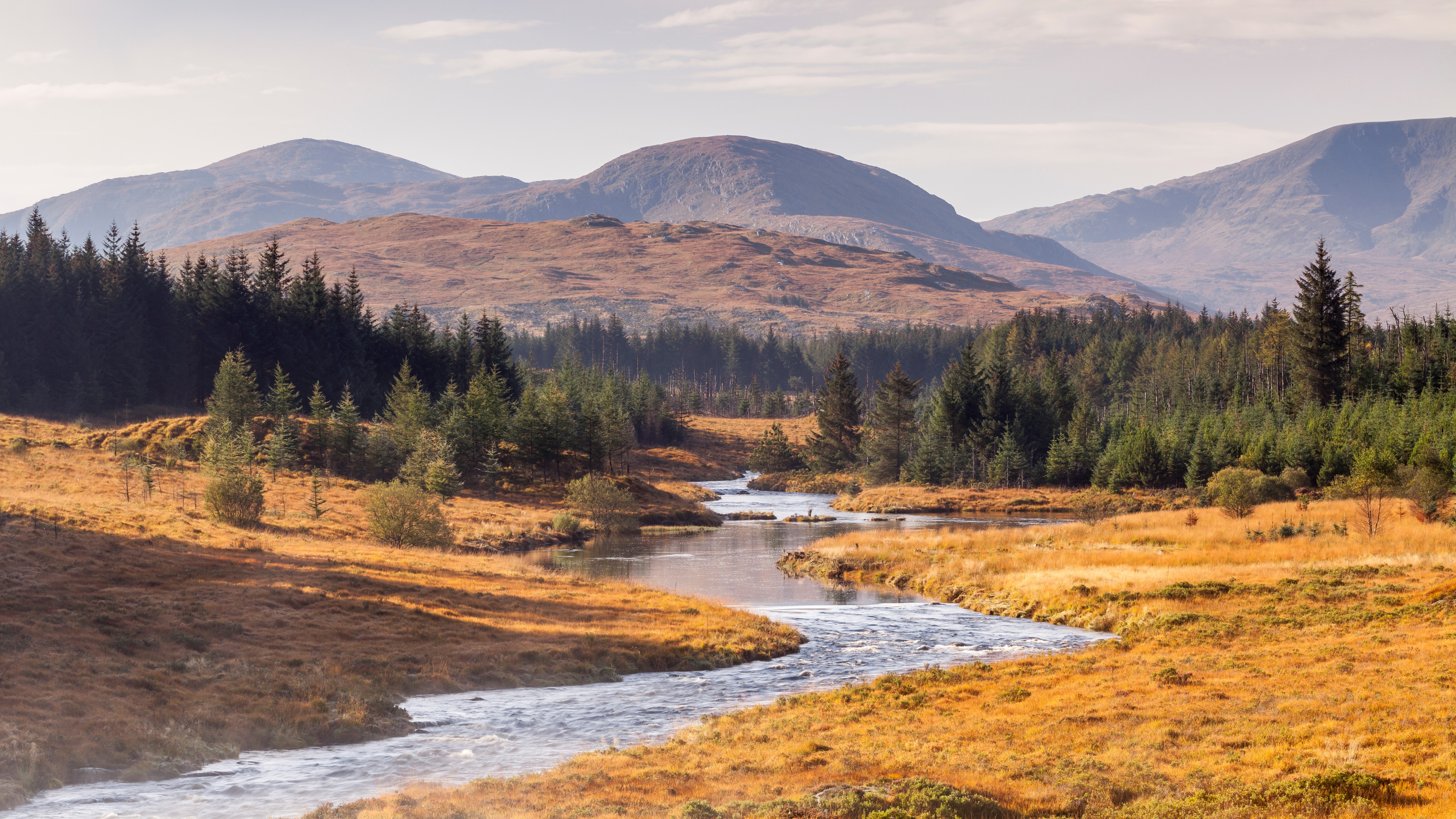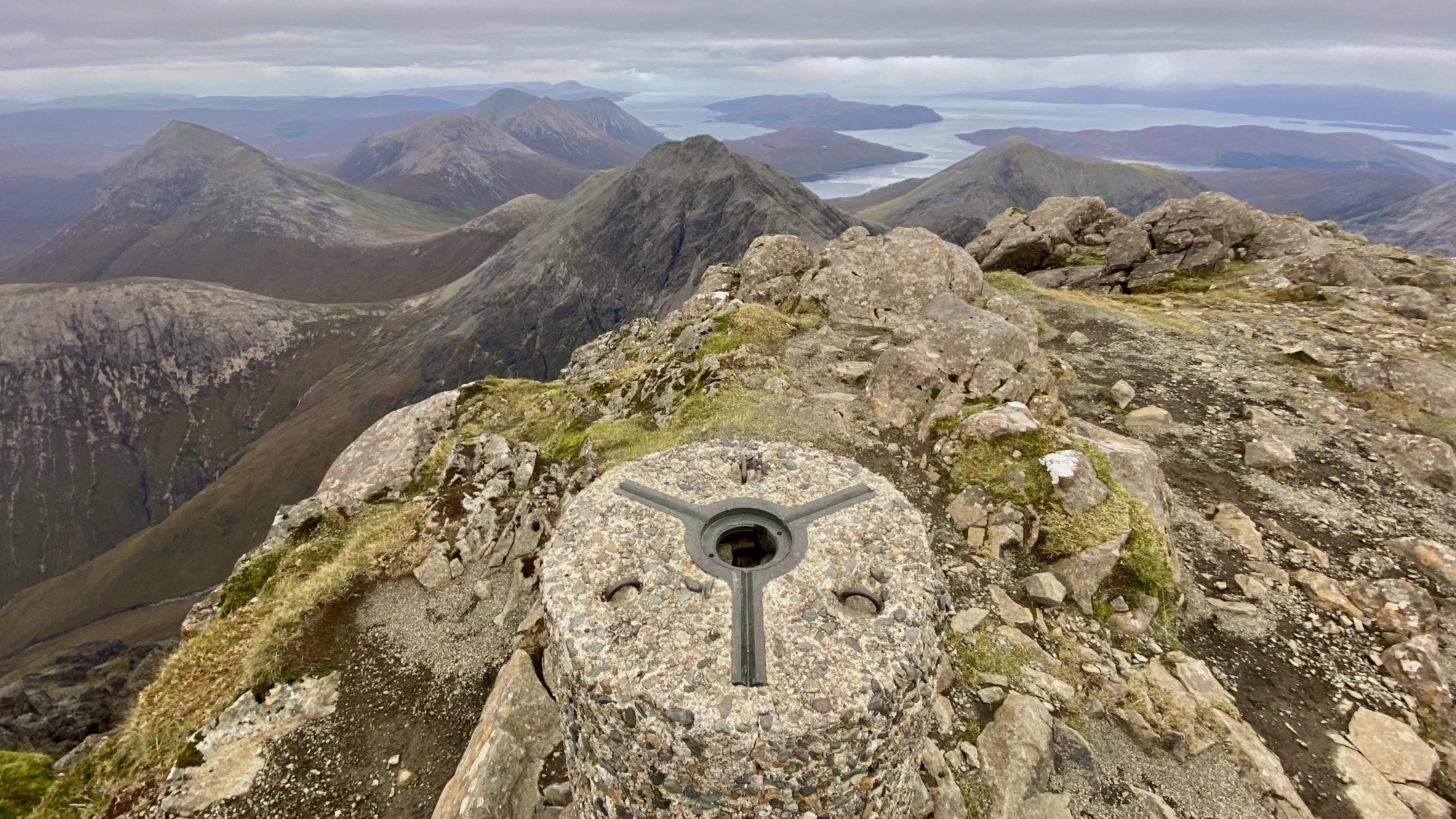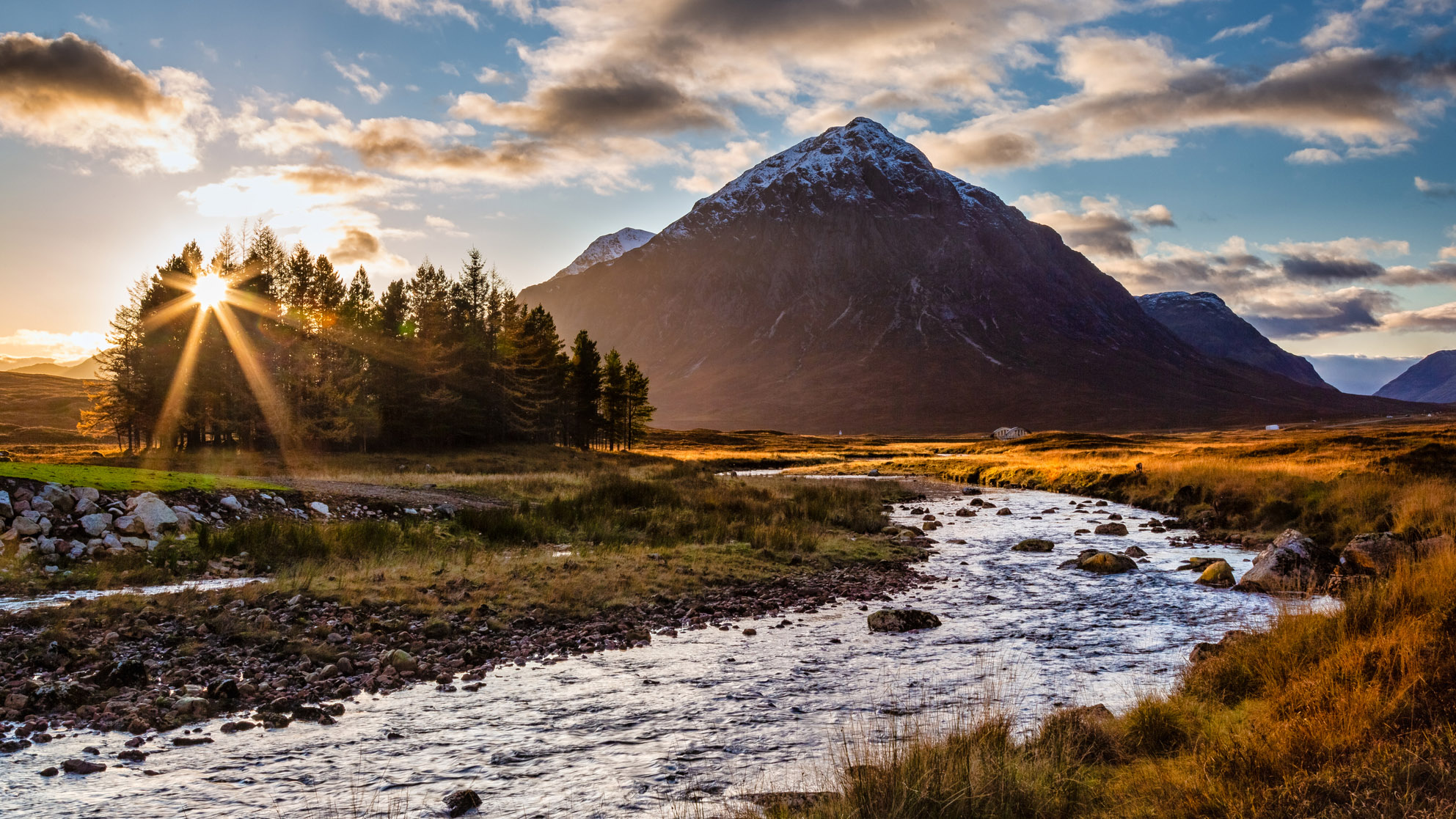
So you’re coming to Scotland for a hiking vacation. Well, you won’t be alone, but you’re making an excellent choice. Scotland came out in the top five in a survey of best countries for a hiking holiday in 2022 and with some of the most stunning scenery in the world, over 18,000 mountain summits, 33 long distances trails plus 6,000 miles of coastline, you’re sure to find a trail you like here.
When it comes time to start reading up on your trails, however, you might find yourself a bit baffled by a lot of the words commonly used in route descriptions and on Ordnance Survey maps. Don’t they speak in English in Scotland? What on earth is a bealach?
Well, we do speak English, but we also like to uphold our heritage with the use of Scottish Gaelic words, especially in our maps and trail descriptions. Don’t worry though – you won’t have to learn Gaelic before you come, but if you learn a few words it will help you better understand what your route might entail and what you might want to look out for as you’re navigating your way across our glens and beinns.
Learn the words in our handy guide, pack some sturdy hiking boots for crossing boggy terrain, a good waterproof jacket for the wet weather and some insect repellent to keep the midges at bay and you’re sure to have a brilliant time hiking in Scotland.

Scottish hiking terms
Aonach: A ridged, steep-sided summit, such as Aonach Eagach in Glencoe.
Beag: Meaning small or little, the word 'beag' is often used in mountain names, but they’re often only small in comparison to their neighbours. For example, Buachaille Etive Beag is still nearly 3,000ft tall.
Bealach: A pass, meaning the low, navigable point between two mountains, through a mountain range or over a ridge.
Beinn: A hill or a mountain, also spelled 'ben' as in Ben Nevis.
Bothy: Basic mountain huts, free to all to spend the night in, that are mostly found in the Scottish highlands. Learn more in our article about bothies if you’re seeking a place to rest your head that's not your tent.
Burn: A stream, creek or small river.
Corbett: A mountain that is between 2,500 and 3,000 feet high. There are 221 Corbetts in Scotland.
Corrie: Also called a coire, this refers to a hollow bowl formed by glacial erosion, either in a hillside or between hills. The most famous and beautiful example is probably in the Knoydart Peninsula in Lochaber.

Glen: A valley.
Graham: A mountain that is between 2,000 and 2,500 feet high. There are 219 Grahams in Scotland.
Lairig: A mountain pass used by travelers, the most famous of which is Lairig Ghru in the Cairngorms.
Loch: A lake. With one exception (the Lake of Menteith), all lakes are called lochs in Scotland.
Lochan: A small loch.
Mor: Big, or large, such as Buachaille Etive Mòr, which is a Munro seen from the West Highland Way.
Munro: A mountain with a summit of at least 3,000 feet above sea level. There are 282 Munros in Scotland, only one of our writers has climbed all of them and Ben Nevis is the highest at 4,413 feet.
Stob: A pointed or conical hill or mountain, such as Stob a'Choire Mheadhoin near Fort William which looks like a pyramid when seen from certain angles.
Strath: A wide valley.
- Best hiking shoes: lightweight footwear for your summer adventures







